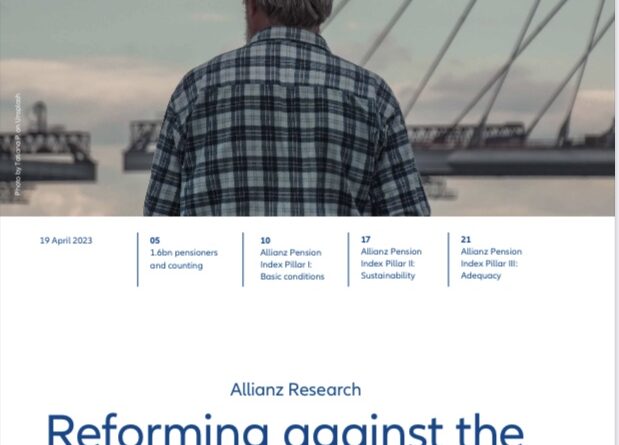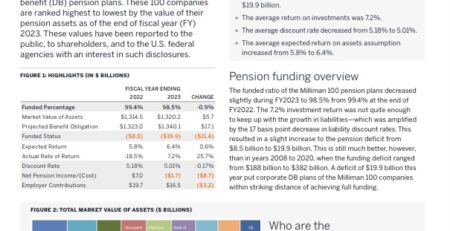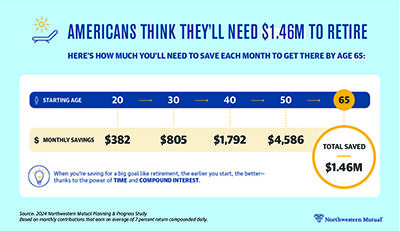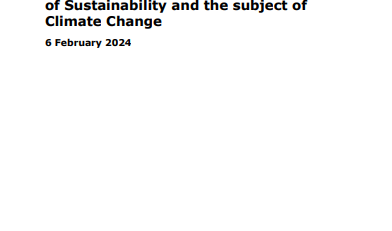Reforming against the demographic clock
By Allianz Research
The Covid-19 pandemic erased life-expectancy gains of almost a decade, pushing population aging and pension reform into the background. In fact, to alleviate the financial burden on private households and companies, governments not only put together aid packages worth billions of euros that drove up national debt, but also postponed already agreed upon reform measures, lowered contribution rates and allowed early withdrawals from retirement plans. As a result, the build-up of future pension entitlements and retirement savings slowed, leaving many households with a pension gap. In countries with a high share of informal labor and low coverage of social insurance systems, many low-income households depleted their retirement savings entirely since these were often the only savings they had.
The economic recovery after the pandemic was only short-lived, with the global economy plunged into an unprecedented high-inflation environment, fueled by soaring energy and food prices after the outbreak of
war in Ukraine. To fight galloping inflation, central banks gave up on expansive monetary policies and increased interest rates. While this will help to close the retirement savings gaps left by the Covid-19 pandemic, it will also increase the pressure to improve the long-term financial sustainability of public pension systems. With borrowing no longer free, governments’ financial leeway to subsidize ailing pension systems from heavily indebted state budgets will shrink further (see box).
Read report “here“











